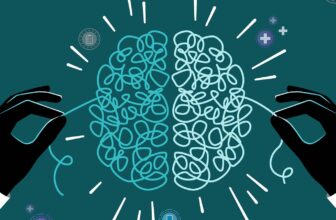What is Attitude Change Theory?
Attitude Change Theory:
The research work of researchers led by Carl Hovland was recognized as attitude change theory. The chief contributors to this theory were Hovland, Lumsdaine, and Sheffield. It concentrates on two concepts or theories. Firstly, Dissonance Theory states that when people are bombarded with new sets of information, they experience what is called Mental Discomfort. This discomfort is also called Dissonance. As a result of this dissonance, people consciously or subconsciously work to limit this discomfort through three selective process that are interrelated to one another.
Secondly, the result of dissonance in the minds of people, as already mentioned, leads to the initiation of Selective Processes. These processes help them select what information to consume, remember, and interpret these tree processes are as follows:
- Selective Exposure:’ It is a process, which people expose themselves to or attend to those messages that are in tune with their already present attitudes and beliefs. It is also called Selective Attention.
- Selective Retention: In this process, people remember best and longest such messages as are in tune with their previously existing attitudes and beliefs.
- Selective Perception: In this process, people plausibly predict messages in a manner that is in tune with their already existing attitudes and beliefs.
When dissonance theory was propounded, the dominant paradigm was the limited effects theory. Hence, the selective processes were viewed as the ones that limited the effects of the media. That is because content is selectively filtered to produce as little attitudinal change as feasible. Modern mass communication researchers accept the process of selective processes to limit the influence of media content when this content is chiefly informational. However, most of the content is symbolic and not informational. Other researchers aver that selective processes are not of much importance when the vital cultural effects of the media are under our focus.



